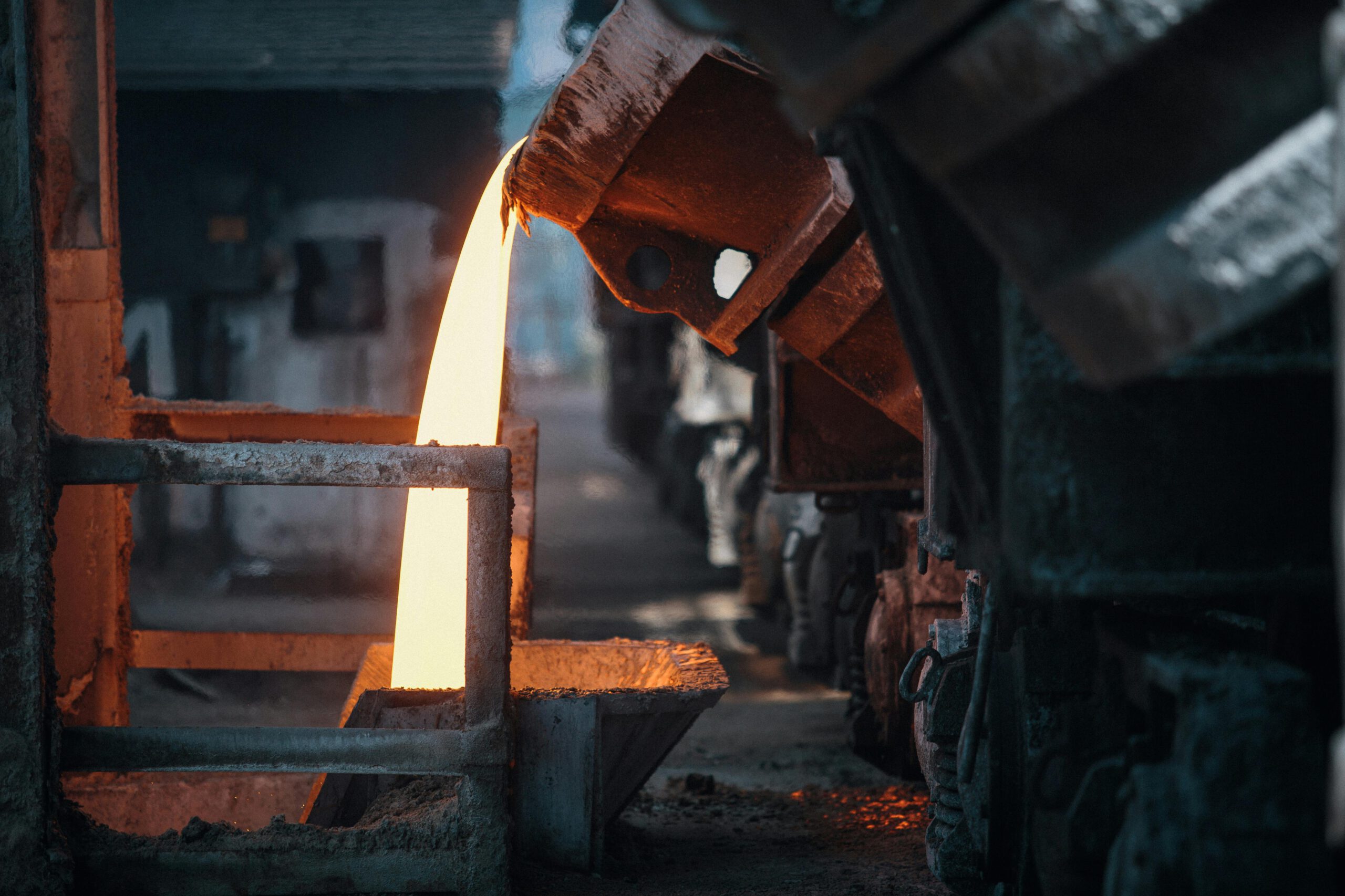Products
Additive Manufacturing Tools – AM Tools
AM Tools addresses the challenge of simplifying coupling of disparate length and time scales. The goal was to reduce extensive computational effort while taking the complexities of metal additive manufacturing into account.
The code evolved in a modular manner. For example, a module dedicated to melt pool scale was created providing information about melt pool dimensions (melting module) and the temperatures in the vicinity of the melt pool (simple thermal module). In comparison to CFD-based models, these models run within minutes on single core machines. They can be therefore embedded into more complex solutions aimed at optimizing part orientation or process parameters.
One can use each module separately or use the combination of modules to consider competing phenomena at once.
The compute model reflects the modular structure of the solvers: A master json file references other json files, each dedicated to a certain aspect of the process (e.g. process_parameters.json, feedstock.json …etc.). The physical inputs, which should be self-explanatory to AM engineers are complimented with numerical inputs dedicated to controlling solvers’ behavior. The numerical input has been analyzed extensively, and suitable defaults are provided to ensure efficient and accurate numerical solutions. Nevertheless, for those interested in studying solver behavior, numerical inputs are also provided via dedicated json files referenced by the master.json file (e.g. melting_solver.json).
Processes supported are laser-based powder bed fusion (L-PBF), powder direct energy deposition (P-DED) and wire arc additive manufacturing (W-DED). Depending on the process to be used, different options are activated automatically.
Physics Works & AMP Technologies — Joint Capabilities

PhysicsWorks is a unified, cloud‑based simulation ecosystem that complements AMP Technologies’ expertise in additive manufacturing and virtual process optimization. Together, we offer a robust environment for:
- Custom material modeling & databases: Users can define alloys (composition, UNS forms, series), assign multiple processing routes and variants, and build or access high‑quality prebuilt databases.
- Integrated solver support: Multi‑physics tools that cover thermal, mechanical, phase‑transform, and additive manufacturing process simulations—all ready for industrial or academic deployment.
- Web‑friendly user interface: Modern, intuitive dashboards for geometry import, meshing, setting boundary conditions, simulation launching, and result visualization (including export to tools like ParaView).
- Visualization & data analytics: Embedded visualization tools (e.g. SandDance, interactive charts) to help explore materials, compare results, track performance.
For Solver Developers & Researchers
By joining PhysicsWorks under the AMP umbrella, solver creators gain:
- Global distribution & visibility — your solvers made accessible via AMP’s product offerings across industry and academia.
- Flexible commercial models — licensing, subscription, or pay‑per‑use structures adapt to different usage patterns.
- Reduced technical overhead — leverage ready infrastructure, consistent user experience, and built‑in data management.
- Support & credibility — aligned with AMP’s established research/industry partnerships, material model expertise (e.g. CALPHAD), cloud/HPC capability.
Why AMP + PhysicsWorks is a Strong Choice
- Seamless cloud deployment — no installation, fully accessible from any connected device.
- Complete workflow from material definition → solver setup → execution → result analysis.
- Industrial‑grade quality — validated models, reliable solvers, high performance.
- Collaboration & sharing — shared databases, reproducibility, cross‑institutional usage.
